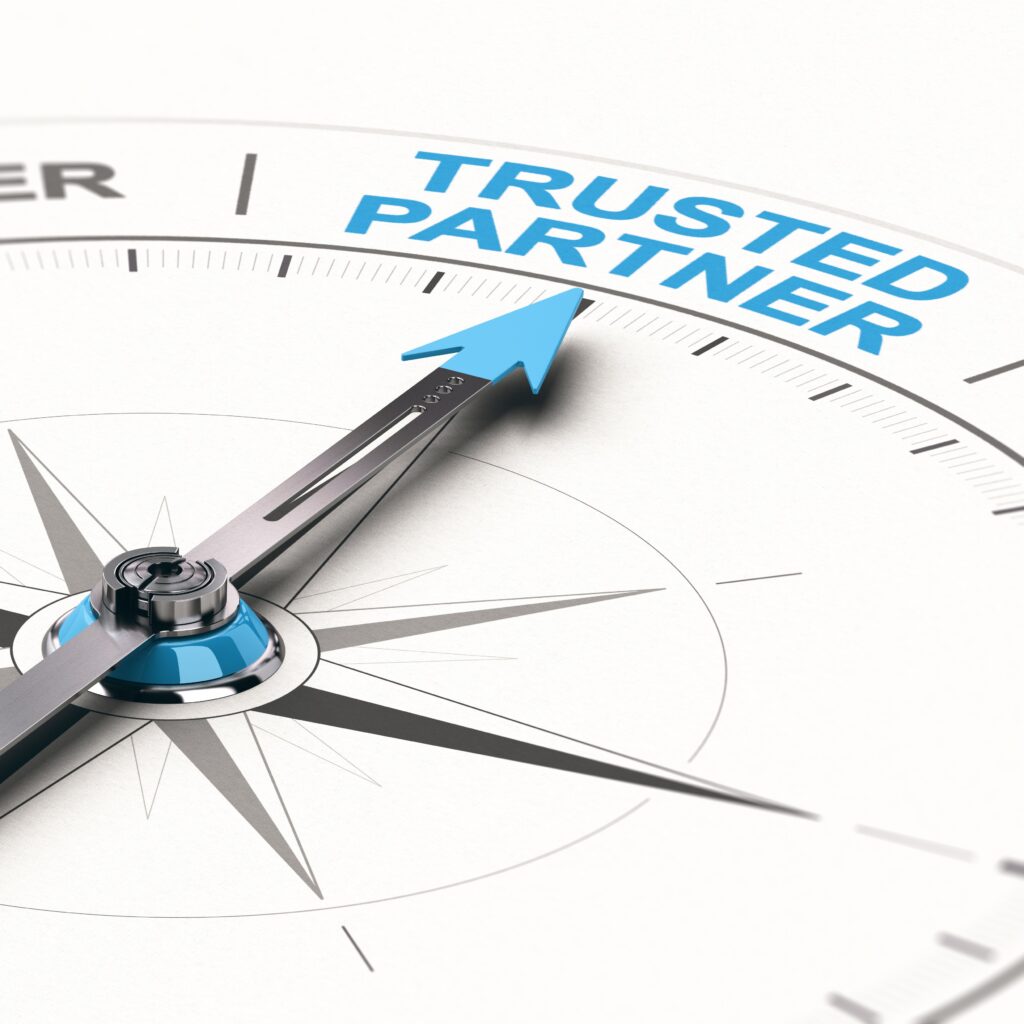Law firm relationship management is driven by personal connections and personal relationships. Very little has changed, but the future methods of relationship management will veer away from the personal and move towards more objective and empirical foundations. Data will become a staple in those relationships and will drive which relationships continue and which ones may end.
“The two-pronged mission is to look for ways in which data can make firms more effective while delighting their clients with insights they don’t currently have.”
Data allows law firms to answer corporate legal departments’ most basic questions about legal work: How many? What kind? How much? When those questions are accurately and capably answered, relationship management is optimized.
The two-pronged mission is to look for ways in which data can make firms more effective while delighting their clients with insights they don’t currently have. Think of it this way: as providers of a service, if there is some aspect of the work that is repeat business from a client, there are always valuable insights that the client might not have access to. Perhaps the client would enjoy a summary, with some visuals, that clearly outlines basic data points: how many matters, what types, total fees, applicable discounts, etc.
There are three steps through which data will enhance client relationship management. First, collect the data, which sounds easy but law firms for the most part are still largely lagging behind on that score. Next, have efficient methods to access and analyze the data across the firm. Finally, use the first two steps to come together with the corporate legal department/client in essentially new, transparent ways of working together, where everyone is on the same page, everyone is accessing credible data and where outcomes, both operationally and financially, are visible and understood.
Step 1: Collect Valuable Data
Every law firm sits on oceans of data. They probably know this in some intrinsic way because every legal department craves more and more of it and wants to use the existing data more efficiently.
But how do they collect the data trove efficiently and coordinate among practice groups throughout the firm? How do they access the data they have, especially in their time-keeping and billing systems? These are problems that need immediate attention because every attorney, whether in-house, law firm, legal aid, or other area can use data to improve the quality of the service or the relationship with the client.

Data should be used to optimize processes, to support additional resources, to increase efficiencies, for public relations and social outreach, and most importantly, to justify innovative changes.
Beyond the basic operational aspects, are there additional, more substantive data points that will give clients some perspective that they have obtained only anecdotally?
At a minimum, the following data must be collected:
- Information about how many items of work or matters have been done by the firm within any given period of time (month, quarter,year). In data speak this is volume.
- Information about the actual work is always interesting to the clients. Even having the ability to show the categories of work helps inform the client at a more macro level about the kind of legal work that the business is requesting.
- Patterns about the work is the next level of the categorization of the work.
- The ultimate value, as perceived by the business, is data about the timeliness of the legal support. How long things take in legal is always valuable data when a client or business (almost inevitably) complains about how long legal review takes.
Step 2: Use Data to Influence & Inform Decisions
Leveraging and communicating in a concise way relevant data allows law firms to easily answer the client’s most basic questions about the legal work, including how information is gathered, analyzed and what it means to new and ongoing relationships.
“There is nothing like data in order to create efficiencies.”
It is amazing how much value a client can and should derive from an analysis of basic data points. A good example of data-influenced decisions is found in tracking turn-around times. Gone should be the days when lawyers say “it depends” when asked how long a piece of work should take. An “operationally inclined lawyer” should be able to analyze the oceans of data related to past work experience and give a good estimate of when the work will be completed. As in other types of services, there can be caveats for unexpected scenarios or complications, but there must be an expectation set with the clients, because they deserve it. Law firm clients should be treated like customers of a service — after all, we are used to it from Nordstrom and Amazon, why not from the most expensive law firms? Or any law firm?
There is nothing like data in order to create efficiencies. Gathering easily available information embodies two ideas: find and organize the information and make it readily accessible for effective, actionable analysis.
Data also helps inform substantive aspects of the legal practice. Collecting data about the terms in negotiated contracts will help to inform the position of the legal department and will increase speed of negotiations going forward. Sample terms and standard templates can only be improved upon once data shows that the existing terms are constantly negotiated, and resulting terms show a pattern. Litigation data is similar, when litigating similar issues. Tracking outcomes becomes critical, so that mistakes are not repeated. Surely this is not novel, but how the data is collected is key. It should be searchable and reportable in an easily consumable format. Other areas where there is recurring work (patent applications, employment law questions, acquisitions, and so on) there is always data that can be collected and analyzed for future similar work.
Relationships managed with data are transferable when partners retire or want to train upcoming junior partners. These relationships allow for continuity and the relationship then becomes broader than two people: it is between a law firm and a corporate legal department.
Step 3: Apply a Holistic Approach
While the first and second steps may seem daunting enough, it is actually the third step that requires the greatest change management and reconsideration of culture. Judging the quality of a relationship based on empirical data is quite different from subjective sentiment and historical context of a personal relationship.
The real magic happens when the law firms and their corporate clients collaborate together on the data analysis. It is important to remember that there are three parties for whom the data is critical. Beside the firm and the corporate legal department they support, there is the actual corporate business. That is the ultimate customer of the legal service. The law firm and legal department have to align forces to deliver the best service. Only the combination of data from both entities will provide the full picture.

For example, to truly understand how long a piece of legal work takes, it is just as important to assess how long it was in the hands of the corporate legal team, as in the hands of the law firm. Those two data points are critical in order to understand the experience of the business owners who are seeking the legal support, and undoubtedly need it in a timely fashion. By coming together on these data points, the legal teams together will best serve the business.
Relationships managed with data are transferable when partners retire or want to train upcoming junior partners. These relationships allow for continuity and the relationship then becomes broader than two people: it is between a law firm and a corporate legal department.
The concepts in this post are derived from my book, The Simple Guide to Legal Innovation.

